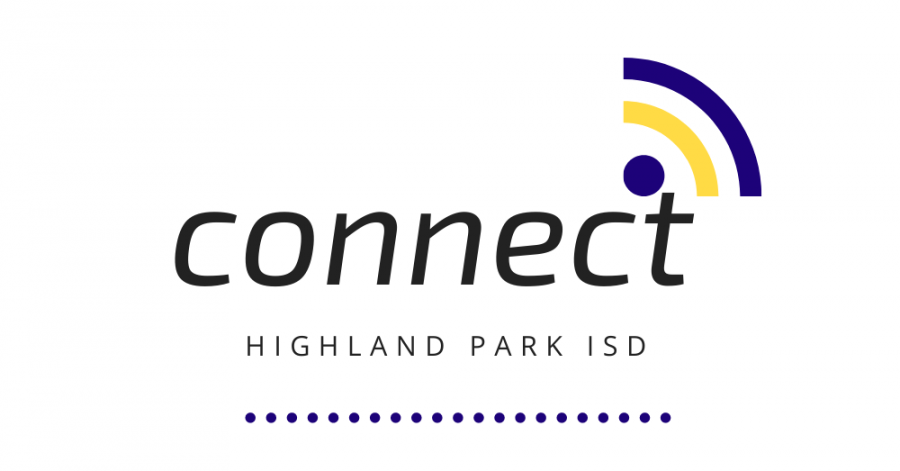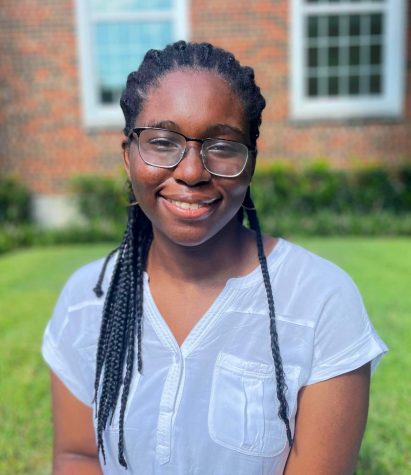World Geography teacher Jed Eby’s spring break plans with his family changed dramatically within the span of an hour.
“Thursday the 12th was the last day of school, so as soon as school got out I left,” Eby said. “The whole drive home, I was assuming we were hopping on a plane that night to go to California.”
That afternoon, he canceled a hotel stay, a car rental and a flight. The flight was scheduled around 5:30 or 6 p.m. They made the call to cancel at 4 p.m.
Disneyland, where they intended to go, closed the following Saturday.
“I’m glad we didn’t go,” Eby said.
A crop of North Texas public school districts closed the next week. HPISD hesitated, saying March 13 was “too early to predict” what they would do after spring break ended.
But three days later, HPISD, Dallas ISD and Richardson ISD joined the rest. HPISD said they made the decision following guidance from “the CDC, local health agencies and the Texas Education Agency,” on a webpage dedicated to the coronavirus response.
According to Eby, while the district sent some emails to update teachers on the situation, they left planning until the next week so as to leave spring break undisturbed.
Before the break, there were meetings about the possibility of school closure.
“We had a meeting probably that Wednesday and Thursday before spring break,” Eby said. “[It was] just, ‘Hey, this may happen, take your computers home’ … stuff like that.”
However, the situation escalated much more quickly than expected.
“I don’t think anybody that I know of foresaw not coming back indefinitely,” he said. “I definitely didn’t see that.”
HPISD Assistant Director of Communications Emily Conklin said the district began following coronavirus updates from other countries in January.
“As the virus continued to spread, district administrators initiated discussions about what remote learning would look like in the event school closed,” she said. “This is an unprecedented situation we are not taking lightly. The health and safety of our community is our first priority.”
On Monday, March 23, the administration began working with staff to plan “launching learning activities for students and parents” for later that week, according to HPISD email communications. HPISD Superintendent Tom Trigg, Assistant Superintendent for Education Services Lisa Wilson and Executive Director of Human Resources Brenda West greeted more than 70 educators that morning over a video call, kicking off the preparation for a new form of instruction. During a virtual meeting the next day, the HPISD Board of Trustees unanimously passed a resolution to continue paying staff.
Eby compared the process of online teacher training to a funnel – wide at first, then narrower as you go through it.
“It was really big, the whole district, and then it was the high school, and then our social studies team and then our World Geography team,” Eby said.
Eby said the training was straightforward because the platforms teachers were going to use for remote instruction were platforms they had been using all year, like Moodle and Google Classroom.
Preparing for the move to virtual learning was an exercise in flexibility.
“We originally had an option to come in and do training before the shelter-in-place,” Eby said. “It would have been staying less 10 ten people, staying 6 feet away and all that. But then when Clay Jenkins did the shelter-in-place, that was no longer an option.”
Teachers were allowed to come into the building only to pick up any materials they needed from their rooms, a process that was tightly controlled. Eby had to fill out a form that said where he was going. There was a strict time slot designated for each department of teachers in order to keep the number of people in the building low.
“It was kind of eerie, walking through the school and seeing one or two people,” Eby said.
That Thursday, the district opened a website called Connect HPISD that links to portals where students can access lessons from their teachers. It officially launched when lessons were posted four days later, on Monday, March 30.
Principal Walter Kelly explained in a video message what the following weeks of instruction would look like, saying students should expect up to 45-60 minutes of work per class each day. He also said that though teachers would provide feedback, there would not be any grades for the time being.
Continuity of instruction online is not intended to be a replacement for normal classroom learning, as Kelly said, and it has come with differences and changes for students and teachers.
“I think it’s ultimately made us [teachers] focus a little bit more, and made us be a little more flexible with students and with each other,” Eby said.
Eby said his only concern regarding teaching online is whether or not students will do the work assigned.
“I think this continuity of learning shows why we need grades,” freshman Keyes Sumner said. “Some people are just neglecting doing anything because there’s no immediate reward or punishment for it.”
From the beginning, HPISD was working on finding a more permanent solution for grading. Then on April 7, HPISD announced a new credit/no credit model, designed to gauge student’s academic progress while protecting their GPAs. The valedictorian, salutatorian, top ten graduates and honor graduates would be determined using grades from the beginning of the year through the fourth six week grading period. Grades from the spring semester would not be a part of a student’s final grade.
However, the grading method changed again on April 21. After further discussion by the Board of Trustees, students’ semester grades will be an average of their fourth six weeks grade and their grade from online learning. The online learning grade will be based on each course’s essential learning objectives, which were posted on April 27.
If these objectives are met, students will receive a 100 for their grade and if they are not met, students will receive a 69. To receive the 100, a student needs to show proficiency in its essential concepts. Teachers will provide assignments, assessments or other instructional feedback for each of those concepts in order to make this possible.
In addition, seniors no longer need 50 hours of community service to graduate, and taking AP exams is no longer required for AP students, though exams will still be offered. The College Board announced that AP exams will be taken online, and will be 45 minutes long, open-note and free-response.
“This approach will allow teachers to focus on student learning and student needs, as well as reduce stress and frustration for students and families during this time,” Trigg said, according to a district news release. “There will be an emphasis on providing instructional feedback and allowing students to demonstrate proficiency in various ways.”
In another video message on April 4, Kelly said that some school events would still go on virtually: student council elections, academic awards, and other student awards and selections.
Along with student awards, school spirit is intended to continue through school closure. Kelly directed students toward a form where they could submit school-appropriate photos demonstrating Scot pride, and he’d post his favorites the following week.
Kelly apologized to seniors that prom couldn’t be held as scheduled on April 18, and said that the school would be closely following the public health rules for gatherings as end-of-May events, such as baccalaureate and graduation, grow closer.
Before April 17, HPISD schools were closed at least until May 1, but the future beyond that date was uncertain for everyone.
“I have no idea if we come back in the beginning of May, if we come back in the middle of May, if we come back at all,” Eby said. “That’s the frustrating part for me. We don’t know.”
However, on April 17, Texas Governor Greg Abbott announced schools will be closed for the rest of the school year. The Texas State Teachers’ Association publicly applauded Abbott’s move.
“This finally removes uncertainty for hundreds of Texas communities and, health experts say, will help slow the spread of the coronavirus,” they said in a press release.




